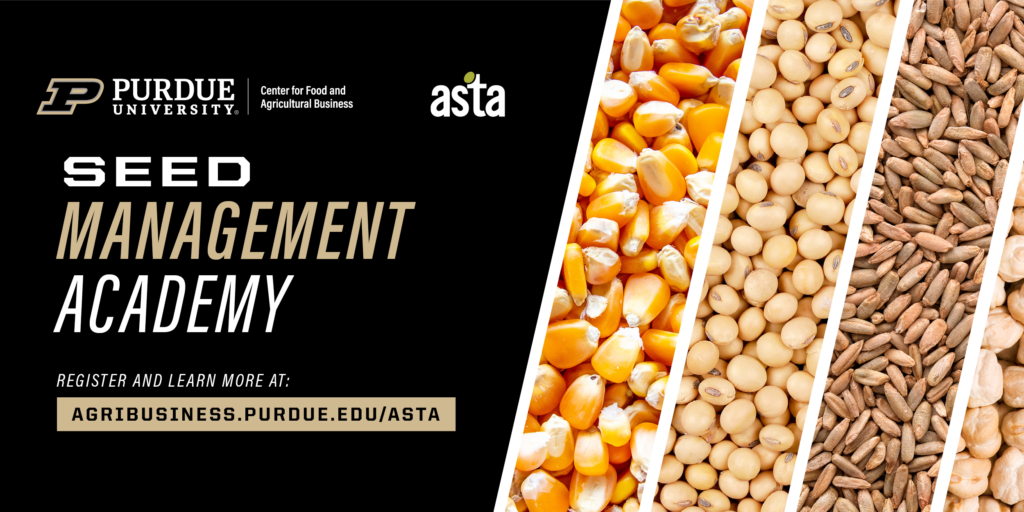 Author: Dr. Scott Downey, Associate Director and Associate Professor
Author: Dr. Scott Downey, Associate Director and Associate Professor
For many years, weather, disruption and unforeseen circumstances have been the root of issues affecting the agricultural value chain. Specifically, this year, excessive rainfall early in the planting season caused delays for crop farmers, and rising tensions from reports in the dairy industry have created challenges there.
When these issues arise, it is tempting for sales and marketing organizations to want to react. Sometimes, an extraordinary response is required, but marketing strategy is the guide for how decisions should be made over the long term.
The root of any marketing strategy begins with segmentation. Organizations with sound segmentation approaches group similar types of buyers together based on what they want from the seller. Each group, usually no more than four or five, is different from other groups. Agribusinesses can use sophisticated tools to identify the characteristics of effective segments. Analytical techniques today can measure across multiple factors to determine which ones are best. The marketing strategy addresses the unique value propositions, pricing structures, distribution approaches and promotional methods for each segment.
Demographic segmentation is the simplest form of segmentation. This form allows a marketer to divide a large population into specific customer groups by externally visible categories, like gender, location, age, education, size or income. For example, a crop insurance company could use demographic segmentation to categorize the Midwest as a location that needs specified marketing due to current growing challenges in the area.
Because agriculture is often focused on the transport of bulk products, geography often overlays a segmentation approach for companies who serve farmers. Individual buyers can be identified based on their geography. Size of the operation is another example of demographic segmentation that has had traction for the last decade or two.
On the other end, behavioral segmentation separates a population of potential buyers based on categories like their knowledge, behavior, usage, preferences, management techniques or values. This strategy poses challenges and rewards that are unique from traditional demographic-based segmentation. It is often difficult to assign a specific customer into a segment when the characteristics aren’t easily observable. Typing tools, often answers to a set of questions, can be used to determine which segment a specific customer might fit best.
Novice marketers often believe that segmentation types should drive sales activities: Salesperson X should say “Y” to customers in segment Z. That’s not the purpose of segmentation. A good salesperson’s understanding of the customer will always be more nuanced than any typing tool.
Instead, marketers should use their knowledge of buyers in the segments to create products and services, consider and deliver messages that appeal to buyers in each segment and consider how value should be accessed and delivered through myriad online, on-farm and other options. For example, a behavioral segmentation might identify a set of buyers who prefer to receive an offer earlier than others. The sophistication of these identification systems today can be used to come closer to predicting the behavior of buyers. Some organizations are now using artificial intelligence tools to leverage knowledge about segment behavior.
Decisions about segmentation are some of the most important decisions marketers must make.
No two agribusinesses will have the exact same marketing strategy. The decisions to serve different segments flow differently from organization to organization.
Beyond the Blog:
Learn more from Dr. Scott Downey at the Strategic Agri-Marketing professional development program on October 8-10. The program will be held on Purdue’s West Lafayette, IN campus. Participants will develop a strategic approach to marketing, learn to build marketing models, and integrate variables that meet both the marketing and financial objectives of your agribusiness. Register now!
:




